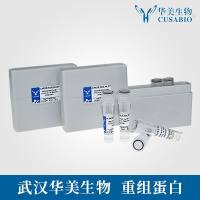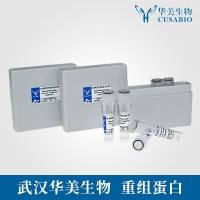So far the major focus of T ransient R eceptor P otential (TRP) channels in the context of pathophysiological disorders was centered exclusively on the ionic conductivity mediated by these channels. However, recently the importance of non-ionic functions of TRP channels in different pathophysiological disorders has emerged. Recently several physical and functional interactions of TRP channels with cytoskeletal components have been characterized. These interactions play important roles in executing the non-ionic functions and regulations of TRP channels per se. In the membranous environment, TRP channels form dynamic signaling complexes that include components like microtubule and actin cytoskeleton, other scaffolding and key regulatory components. TRP channels can also regulate the integrity and dynamics of different cytoskeletal systems in complex manner. In many cases, these regulations seem to be independent of Ca2+ influx mediated by these channels and thus have immense significance in the context of pathophysiological disorders. In this review, I highlight the importance of TRP channel interactions and multi-directional regulations with cytoskeletal components in detail. This aspect opens up new avenues to target TRP signaling complexes by pharmacological manners. The strategies to target TRP complexes rather than targeting TRP channel solely might be useful for several clinical purposes.






